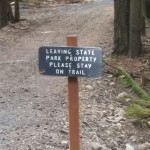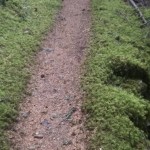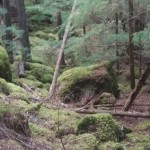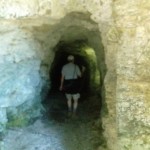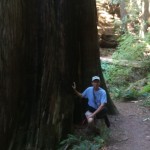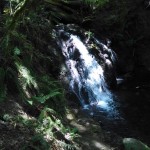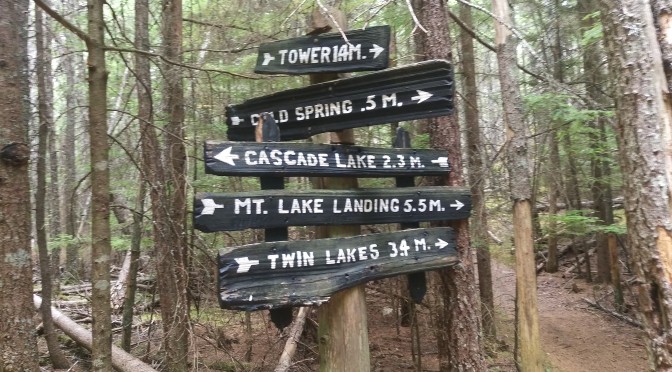How can doing the right thing be so depressing? In January 2025, I returned to Walt Disney World for Marathon Weekend. It was my twelfth year in a row, and along with about 375 other people, I was a Perfect Dopey, meaning I’d completed each of the previous 11 Dopey Challenges. For the uninitiated, a Dopey Challenge is a 5k, 10k, half marathon, and full marathon over four consecutive days. Each year, about 7,000 runners (or walkers, in my case) take on the challenge. Most finish. But worldwide, only 375 or so of us had completed each and every one that Disney has held and, at 73, I was one of the eldest women—and inordinately proud of it. It was and is an exclusive group, composed of both A-level runners and those of us considerably slower. Timing is everything.
Competitive runners have time to stop for photo opportunities with Disney characters, spending 15 and 20 minutes waiting in line for a photo with Captain Jack, Goofy, or any of the other ten or so characters along the course, and then racing to the next one. They also have time to ride the rides that are open at the ungodly hour of 5:00 in the morning. For us back-of-the-packers, however, it takes everything we’ve got to finish in under the 16-minute mile requirement, or seven hours. In my case, that usually meant starting out at 14-minute miles, trying to maintain that until the halfway point, and then slowly allowing myself to finish the 26.2 miles at a more-or-less 18-minute mile. Those who fall behind that pace are picked up by a bus, not so lovingly called the Grim Sweeper.

Two things were at play in January this year: it was bitterly cold for three of the four mornings (the 5k, 10k, and marathon) and rainy for the fourth (the half marathon). And the marathon started 30 minutes earlier than it had in the past. Disney asks runners to be in place at least an hour and preferably two before the race starts, and the marathon was scheduled to start at 4:30 a.m. Because I’m a slower and older (did I mention I’m 73?), I was in the last group to start, which gave me about a two-, possibly four-, minute head start over the balloon ladies, who are the last ones to start and maintain a steady 16-minute mile. If you fall behind them, you are at risk of being swept from the course. So to get to the front of the last corral and gain that precious four-minute head start, my sister Kate and I elected to arrive as soon as the gates opened—and that meant setting our alarms for 1:30 a.m. and getting on the first bus (2:00 a.m.) to the starting point.
But that meant sitting on the ground in the cold temperatures for two and a half hours. I was not a happy camper, but then I never am at the start. This time, though I tried to hide it, I was downright grumpy. I talked to fellow runners, I tried to read a book on my phone, but mostly I just shivered. It didn’t help that the hand warmers I’d brought with me and opened the night before, trying to make my morning ablutions go that much faster, were air activated and not ones you have to shake. Live and learn.
We finally started—remember, we’re last—sometime around 5:30. Elite runners are halfway done, and we’re just starting. (For the first two races, the 5k and 10k, they’re finished before we even start.) And I kept up a “I can do this” attitude until, alas, mile 3, or about 45 minutes. Then for another forty-five minutes, I gave myself pep talks, but I just wasn’t feeling it. I was freezing. I was old and cold. What was I doing, making myself miserable? At mile 6, I invented a pain in my left instep so that I could get my sister to go ahead without me. She’s Perfectly Dopey as well, and there was no sense in her risking not finishing just because I wasn’t feeling it. She ran on ahead and I lost sight of her within minutes. And was happy for her. Mostly. Though really, what I was feeling was sorry for myself.

I made it to Cinderella’s Castle, had my photo taken, and gave up sometime thereafter. The balloon ladies were five minutes behind me, and gaining. I voluntarily got on the Grim Sweeper, where they had the heat on. Several runners were already there, having given up for one reason or another. It doesn’t matter. They—we—tried. And knowing when you’ve reached a limit, whether it’s mental or physical, is not a bad thing. It was warm, blessedly warm, in the bus. For that alone, I knew I’d made the right decision. The bus eventually arrived back at the starting point, where we were given a medal, and I found the nearest coffee station. Twice. And waited for my sister, who finished in about six hours forty minutes.
I knew I’d made the right decision for me. We spent the next day hanging around Disney Springs, the room, eating, and performing all our after-marathon rituals. I gave my sister the t-shirts I didn’t earn, and gave the medal to charity. And still, I knew I’d done the right thing.
Until I got home and reality hit. Instead of being one of 350 Perfectly Dopeys, I was now one of 3 billion Perfectly Ordinarys. I cried at the Perfect Dopey Facebook page. I gave away my Mickey Mouse ears. I didn’t walk at all for two weeks. Is it just ego? Pretty much. Though it was part of my identity that I wasn’t ready to give up yet, even though I did it in the full knowledge of what I was doing. Willingly.
And then the recriminations began. How could I be so stupid? I should have just powered through. Why didn’t I train harder? Why didn’t I wear warmer clothes? Should I have eaten the power bar sooner? Later?
I know, deep in my guts, I made the right decision to quit. Walking into that nice warm bus was one of the easiest things I’ve ever done. Giving up that part of my identity days later, from the warm comfort of home, though, is harder. As I get older and have to give up more and more things (a job I liked, unlimited energy, assuming I’ll bounce back from an injury, caffeine (still working on that one), alcohol, staying up past 9 p.m., and so on), I have to remind myself that I’m lucky to still be here, mostly healthy, mostly sane, mostly still challenged by other things.


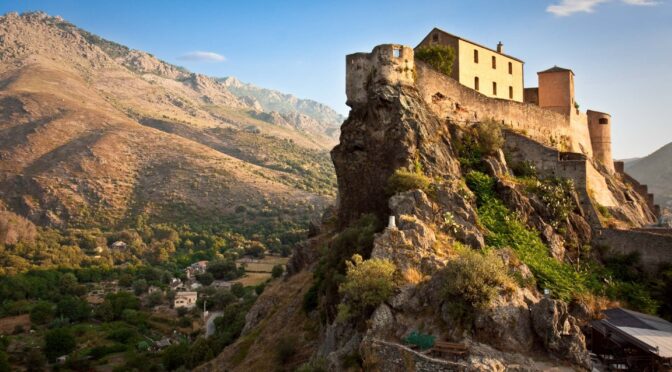

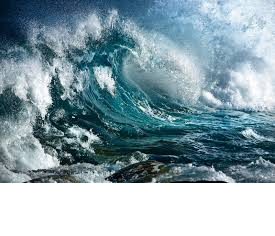 Between Fort Lauderdale and the Keys are many more bascule bridges, which limit how far we can go in a day when the timing doesn’t work out. So we considered going “outside”—on the ocean. But that would require wind from the right direction, which wasn’t forecast for close to a week, meaning we’d have to sit still in Fort Lauderdale for six or seven days. Ugh. The nearest dingy dock where we could go ashore was about two miles away, which was too far for us. We were anchored in Sunrise Bay, right off the ICW, and that spot is a favorite for day trippers—people who would come out, party with loud music, and then leave at sunset, making it noisy and full of those powerboats with their massive wakes, threatening to unseat our anchor. At least, that’s what I was afraid of; Elliott was more confident of the anchor. I am, apparently, a Nervous Nelly (Anxious Annie?) sailor.
Between Fort Lauderdale and the Keys are many more bascule bridges, which limit how far we can go in a day when the timing doesn’t work out. So we considered going “outside”—on the ocean. But that would require wind from the right direction, which wasn’t forecast for close to a week, meaning we’d have to sit still in Fort Lauderdale for six or seven days. Ugh. The nearest dingy dock where we could go ashore was about two miles away, which was too far for us. We were anchored in Sunrise Bay, right off the ICW, and that spot is a favorite for day trippers—people who would come out, party with loud music, and then leave at sunset, making it noisy and full of those powerboats with their massive wakes, threatening to unseat our anchor. At least, that’s what I was afraid of; Elliott was more confident of the anchor. I am, apparently, a Nervous Nelly (Anxious Annie?) sailor. The next morning, the seas were said to be 1-2 feet with a 7-second period. That sounded better, so with some trepidation we set out again. And oh, what a difference! About 90 minutes in, with our sails up, we turned off the engine. Days like that are what sailing should be. Quiet, moving along at 6 knots in the right direction, we figured we’d be back in Georgia’s waters in about two and a half days.
The next morning, the seas were said to be 1-2 feet with a 7-second period. That sounded better, so with some trepidation we set out again. And oh, what a difference! About 90 minutes in, with our sails up, we turned off the engine. Days like that are what sailing should be. Quiet, moving along at 6 knots in the right direction, we figured we’d be back in Georgia’s waters in about two and a half days.



